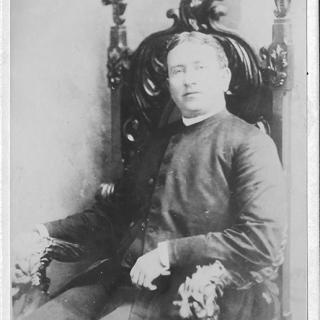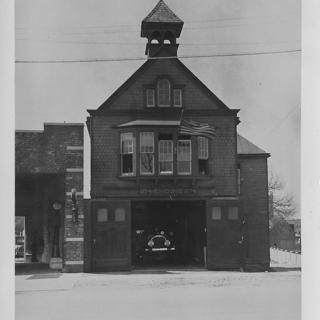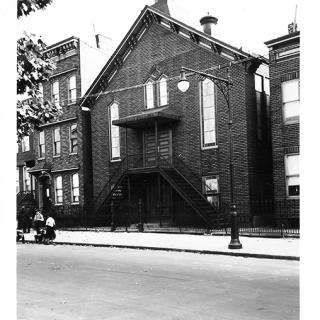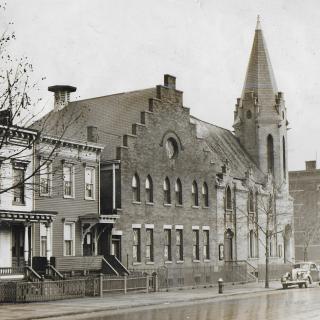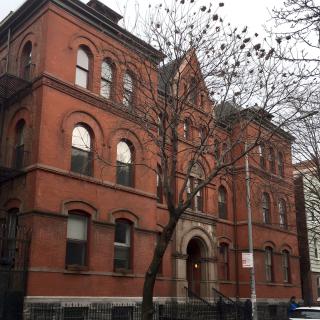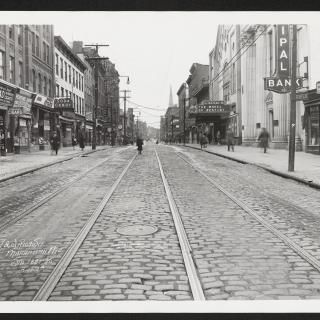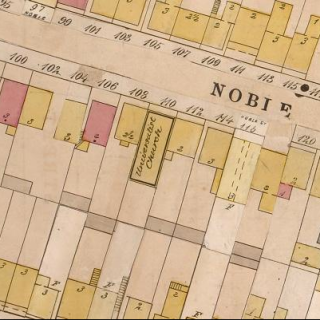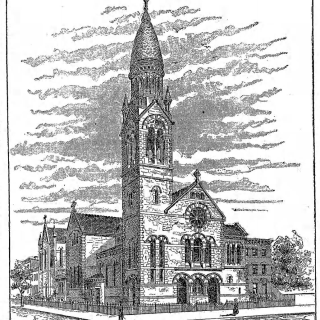Edward J. McGolrick was born in Ireland on May 9, 1857 and received his religious training at the North American College in Rome, from which he was ordained in June of 1882. McGolrick was first assigned to St. Patrick Church on Kent Avenue, where he served from 1882 to 1888. In 1888, McGolrick was assigned to St.
New Entries
The northwest corner of Evergreen Avenue and Woodbine Street is believed to be the site of first house constructed in the New Bushwick Lotts, an area granted by Peter Stuyvesant to the residents of the village of Bushwick in 1661. The first house was erected here in about 1700, built by a man named Van Nuyse.
Convent constructed for the Sisters of St. Dominic, who prior to taking up residence here had been located at Graham and Montrose avenues. The building was converted to residential use starting in the mid-1980s.
Real Estate Record and Builders' Guide, v. 27, no. 682: April 9, 1881, 333.
Lawrence B. Valk (1838-1924) was a prominent Protestant church architect and theorist. He practiced under his own name and with his son Arthur, under the firm L. B. Valk & Son. Valk was based in Brooklyn and New York from 1859 to the early 1890s, but was very active throughout the United States.
Lorimer Street runs north/south through East Williamsburg (the former 16th Ward) from Broadway to Driggs Avenue. North of Driggs, the street continues to the northwest, terminating at Noble Street.
Pagination
- Previous page
- Page 17
- Next page
